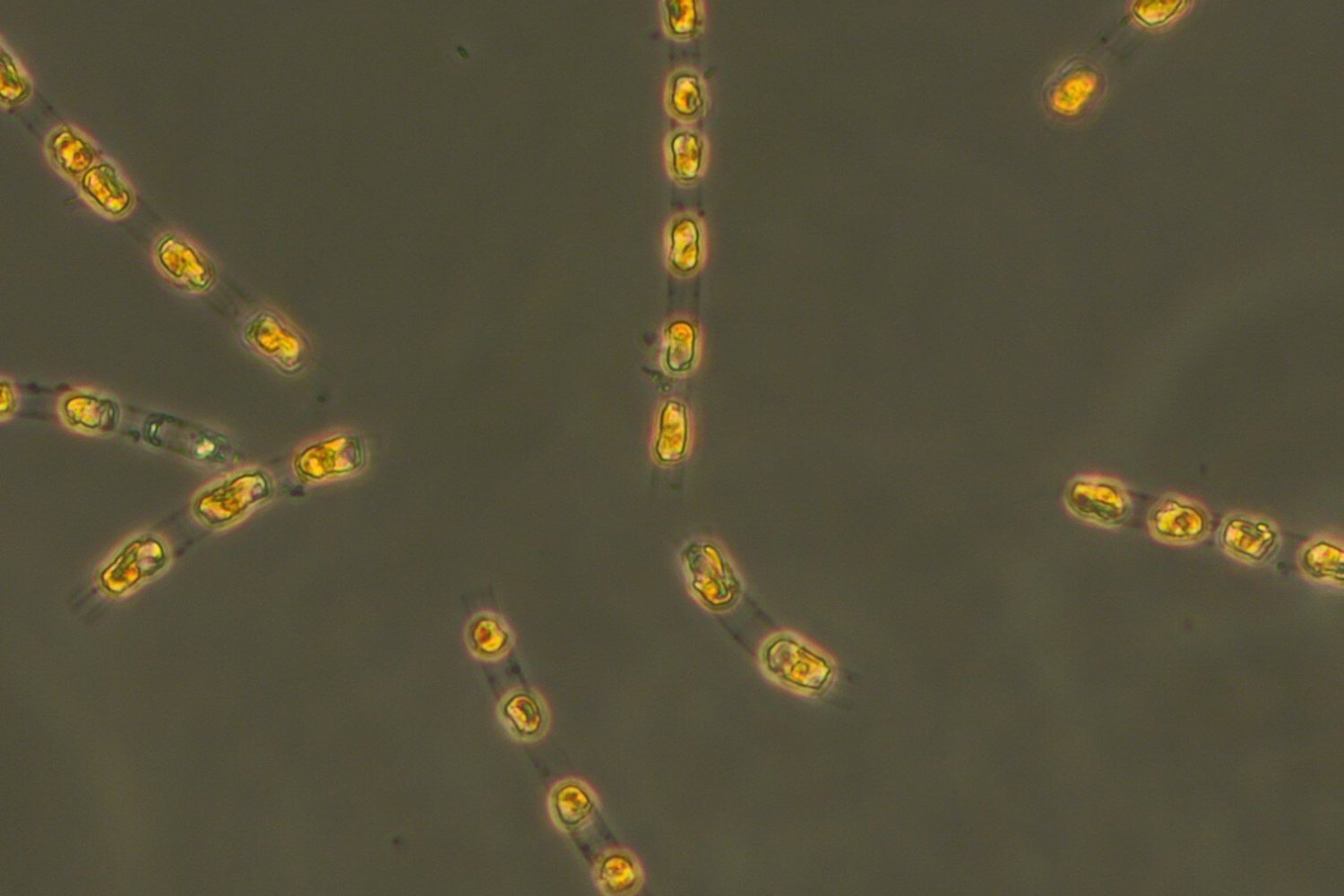Introduction to Revived Phytoplankton
Scientists have successfully revived 7,000-year-old phytoplankton, marking one of the oldest organisms to be brought back to life. This achievement raises questions about the possibility of reviving life from a state of dormancy. The phytoplankton, tiny photosynthetic marine algae, were not dead but rather in a deep state of dormancy.
The Revival Process
As detailed in a study published in The ISME Journal, an international team of scientists managed to revive dormant algae, some of which were thousands of years old, from the bottom of the Baltic Sea. This was achieved by collecting sediment samples from 787 feet below the surface and then reviving the organisms in a laboratory setting. The team was able to collect and revive organisms from nine samples, with some dating back almost 7,000 years.
Characteristics of Dormant Phytoplankton
Many life forms enter a dormant state to survive difficult environmental conditions, characterized by reduced metabolic activity. When phytoplankton become dormant, they sink to the bottom of their marine habitats, where they become layered in sedimentary deposits. These deposits serve as a time capsule, containing valuable information about past ecosystems, biological communities, and genetic changes. Sarah Bolius, a biologist and phytoplankton expert, emphasized the significance of these deposits in understanding past ecosystems.
Successful Revival and Analysis
The team successfully revived Skeletonema marinoi, a common phytoplankton species in the Baltic Sea, from every single sample. The oldest revived Skeletonema marinoi dated back around 6,871 years, making it one of the oldest organisms to have ever been revived from a state of dormancy. The revived phytoplankton were found to perform their biological activities as well as their modern counterparts, despite being deprived of light and oxygen for thousands of years.
Genetic Analysis and Implications
The team analyzed the ancient phytoplankton and compared them to modern specimens, revealing that the revived Skeletonema marinoi had not lost any of their biological performance ability. They grew, divided, and photosynthesized like their modern descendants. The genetic profiles of the Skeletonema marinoi from different time periods formed genetic groups within the species, indicating genetic evolution over time. This information, combined with other features of the sediment samples, can reveal ancient levels of oxygen, salt, and temperatures, providing valuable insights into the adaptation of Baltic Sea phytoplankton to environmental changes.
Conclusion and Future Implications
The successful revival of 7,000-year-old phytoplankton demonstrates the possibility of conducting "time-jump experiments" into various stages of Baltic Sea development in the lab. By analyzing living cells instead of just fossils or DNA traces, scientists can directly trace genetic changes over many millennia. This breakthrough opens up new avenues for understanding the evolution and adaptation of phytoplankton in response to environmental changes, making it a significant step forward in the field of marine biology.
Source Link





